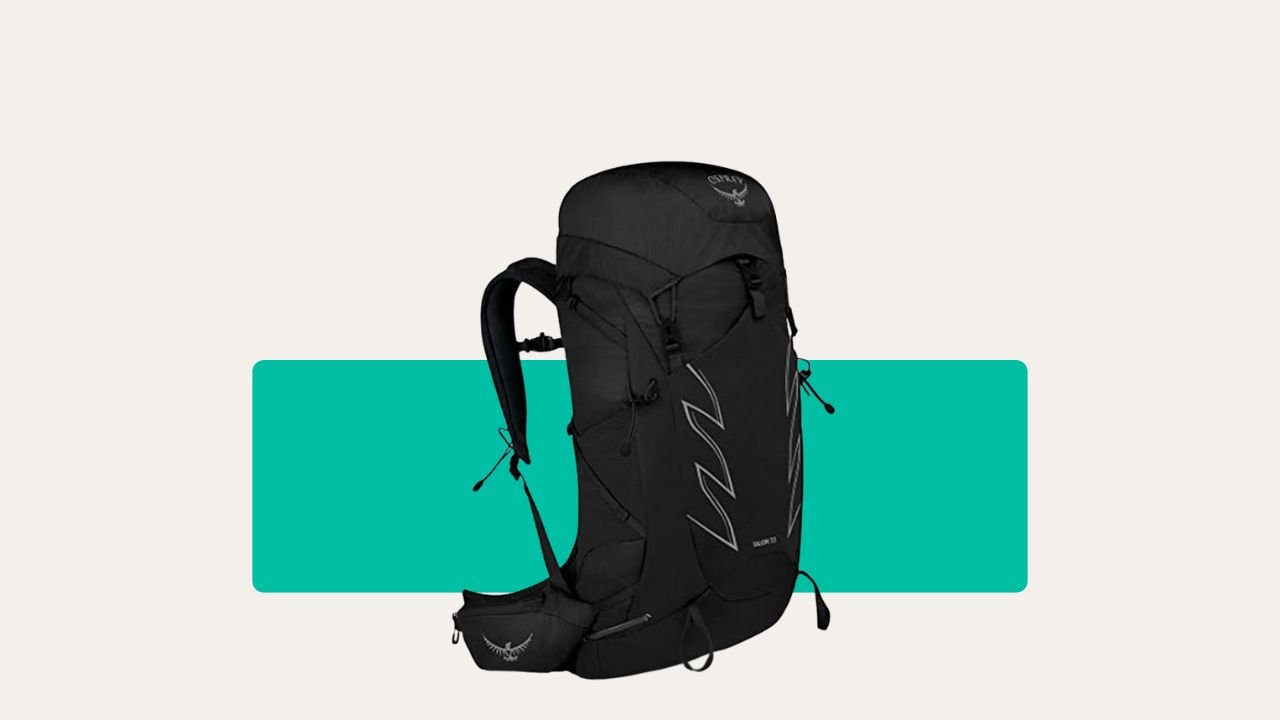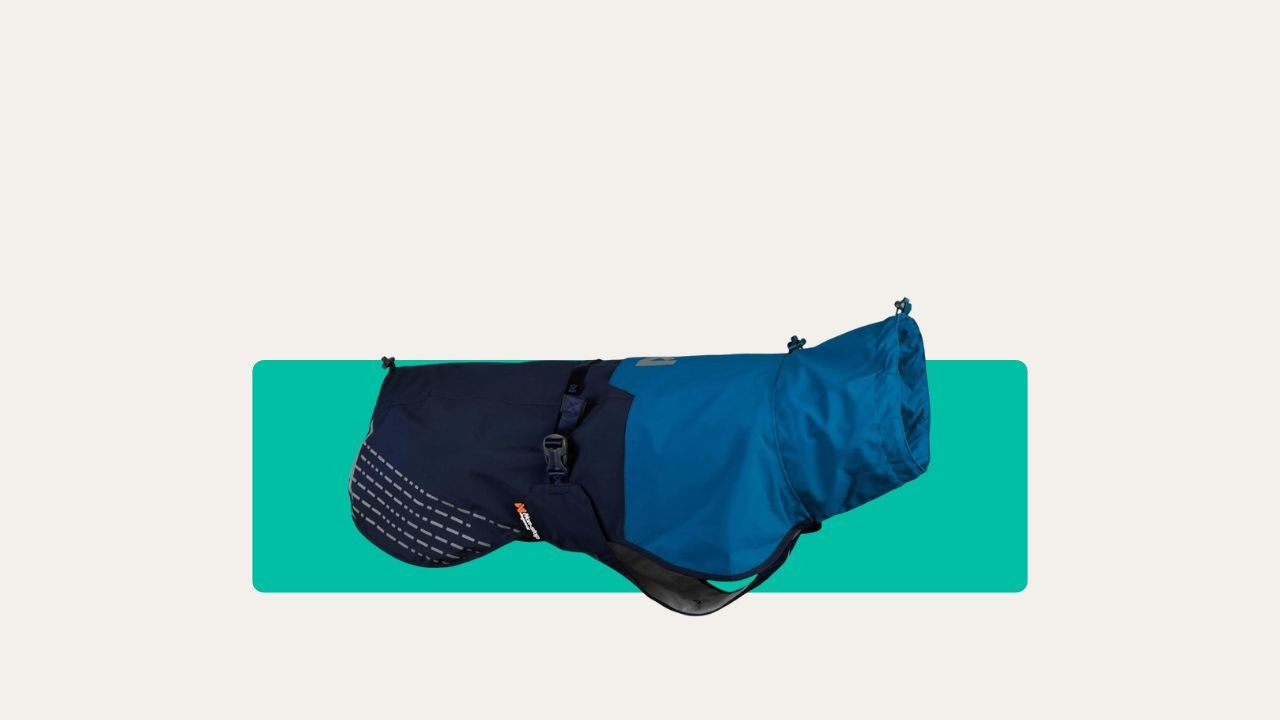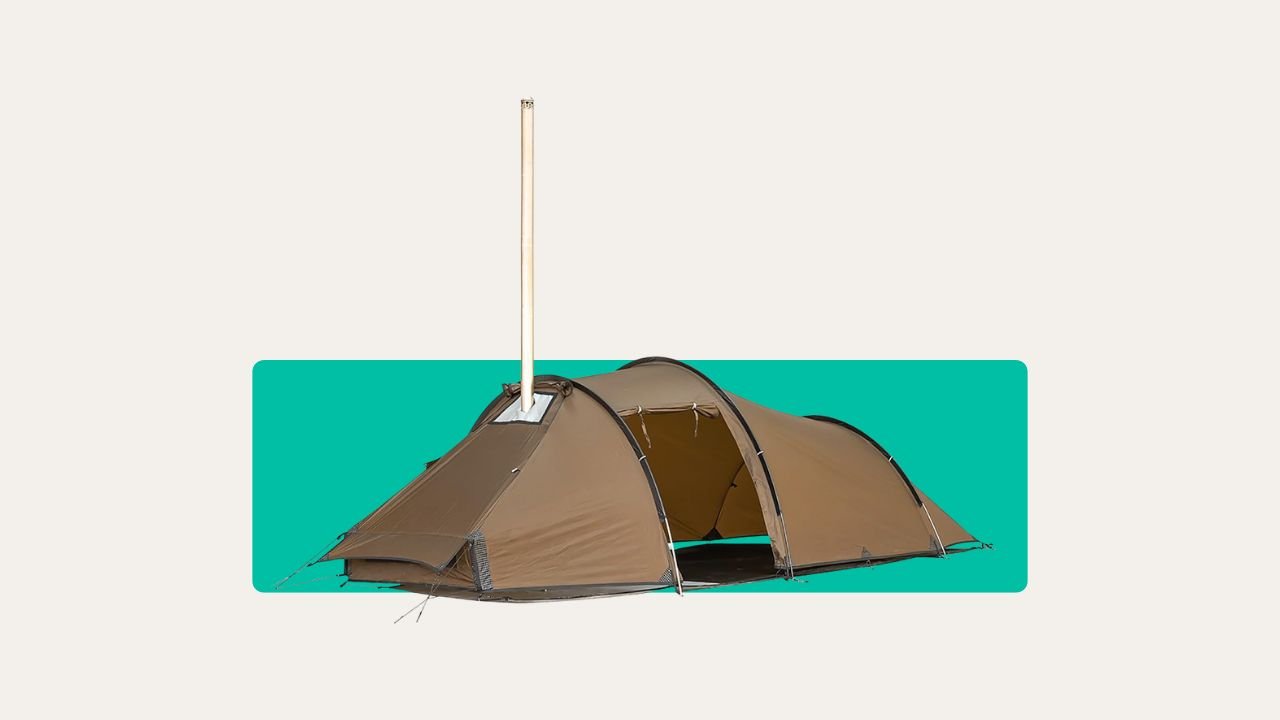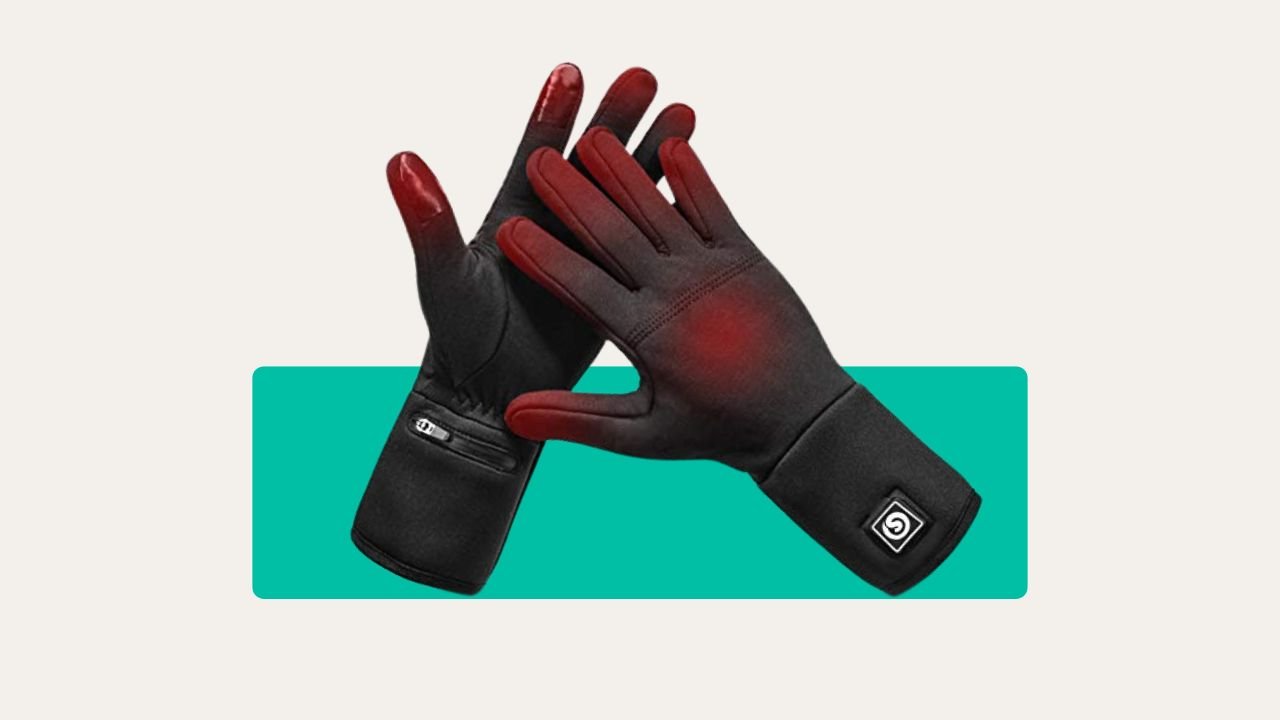Most people think taking their dog camping is as simple as packing a lead and some biscuits. Here’s the truth: even the happiest canine can ruin your night if you don’t prepare. I’ve shared my tent with mutts from Cornish cliffs to the Scottish Borders, and believe me—there’s no shortcut to a calm camp. Get your setup right and you’ll both sleep soundly. Skip it, and you’ll be apologising to half the site by dawn.
Let’s get into the nitty-gritty for a proper stress-free dogs camping trip. Here’s how to camp like someone who’s done it all, from wet Welsh hills to midge-infested lakes.
Check Campground Rules
Don’t assume dogs are welcome because you can’t see a ‘no dogs’ sign. Always check the site’s website or call ahead. Some places only allow dogs in certain fields or ban them near play areas. National Parks can be strict—dogs often aren’t allowed beyond the car park or must stay on short leads the whole time.
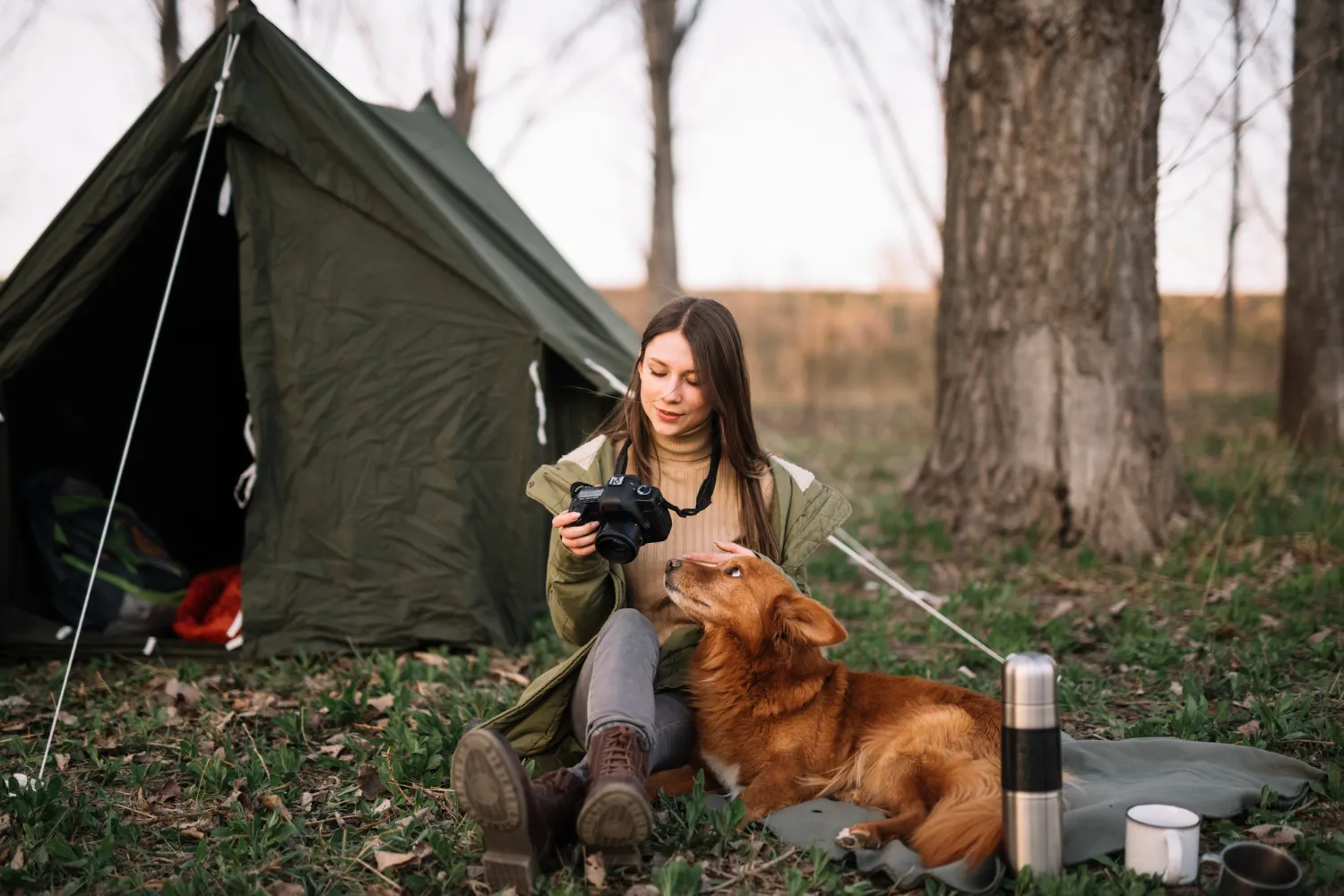
A mate of mine arrived once at a top Lake District site, only to end up wild camping nearby after seeing a “no dogs on site” notice. Check the small print to avoid that headache.
Decide If Your Dog Is Ready
Not every dog is born to camp. Ask yourself: does your dog bolt after squirrels, bark every time a zip’s pulled, or struggle with new faces? If so, start with a day trip. My old collie slept through storms but panicked if strangers wandered too close at night—good in the hills, terrible on a crowded site.
Camping isn’t just a longer walk. Dogs need basic obedience and decent recall. If yours ignores you at home, the woods won’t help. And be honest about their health—don’t drag an elderly or anxious dog far from home comforts.
Visit the Vet Before Heading Out
This is about more than ticking boxes. A pre-camp vet check can save you a ruined trip. Get up to date with vaccinations, and grab a copy of records—you might need proof at some campsites, especially if they’re strict or you’re crossing into Scotland or Wales.
Ask your vet if your dog needs any extras for the area—ticks are a nightmare in some parts, and new areas can have unfamiliar bugs or diseases.
Defend Against Fleas and Ticks
Forget this step at your peril. I once picked ten ticks off my lab after a Dartmoor walk—grim work by torchlight. Apply a vet-recommended tick and flea treatment before you go. Check your dog daily, especially after walks through long grass or woods.
Pack a tick remover tool. The first time you try pulling one out with tweezers, you’ll wish you’d brought the right gear.
Trim Nails and Groom Your Dog
Long nails and tent floors are a costly combination. Trim nails so they’re less likely to rip canvas, inflatable mats, or your sleeping bag. Brush out loose fur to avoid a shed-fest inside your tent—wet dog smell is bad enough without hairs sticking to every surface.
Update Tags and Microchip Info
If your dog escapes (and tents aren’t escape-proof), you want them back fast. Make sure ID tags are clear and up-to-date. Double check microchip details online—moving house or changing phone numbers can leave old info hanging around.
Some campers add their pitch number or even the site’s postcode to a tag. Sounds over the top? Not when your dog bolts after a pheasant at 6am and someone finds them by the shop an hour later.
Pack a Pet First-Aid Kit
Dog-safe plasters, tick removers, antiseptic, bandages, and your vet’s emergency contact info. Add regular meds if your dog’s on them. Before you leave home, Google the nearest vet to your campsite. Don’t assume you’ll have signal—write the number on paper.
I learned this in Snowdonia when my old spaniel gashed her paw. I had the kit but no clue where the vet was, and the signal was as patchy as the weather.
Choose Dog-Friendly Campsites
Pick a site with proper dog facilities: dog bins, taps, maybe even a fenced exercise area. Woodland or riverside sites can be nice, but beware sheep fields or fast-flowing water—some sites back onto open farmland, which is a recipe for sheep-chasing chaos.
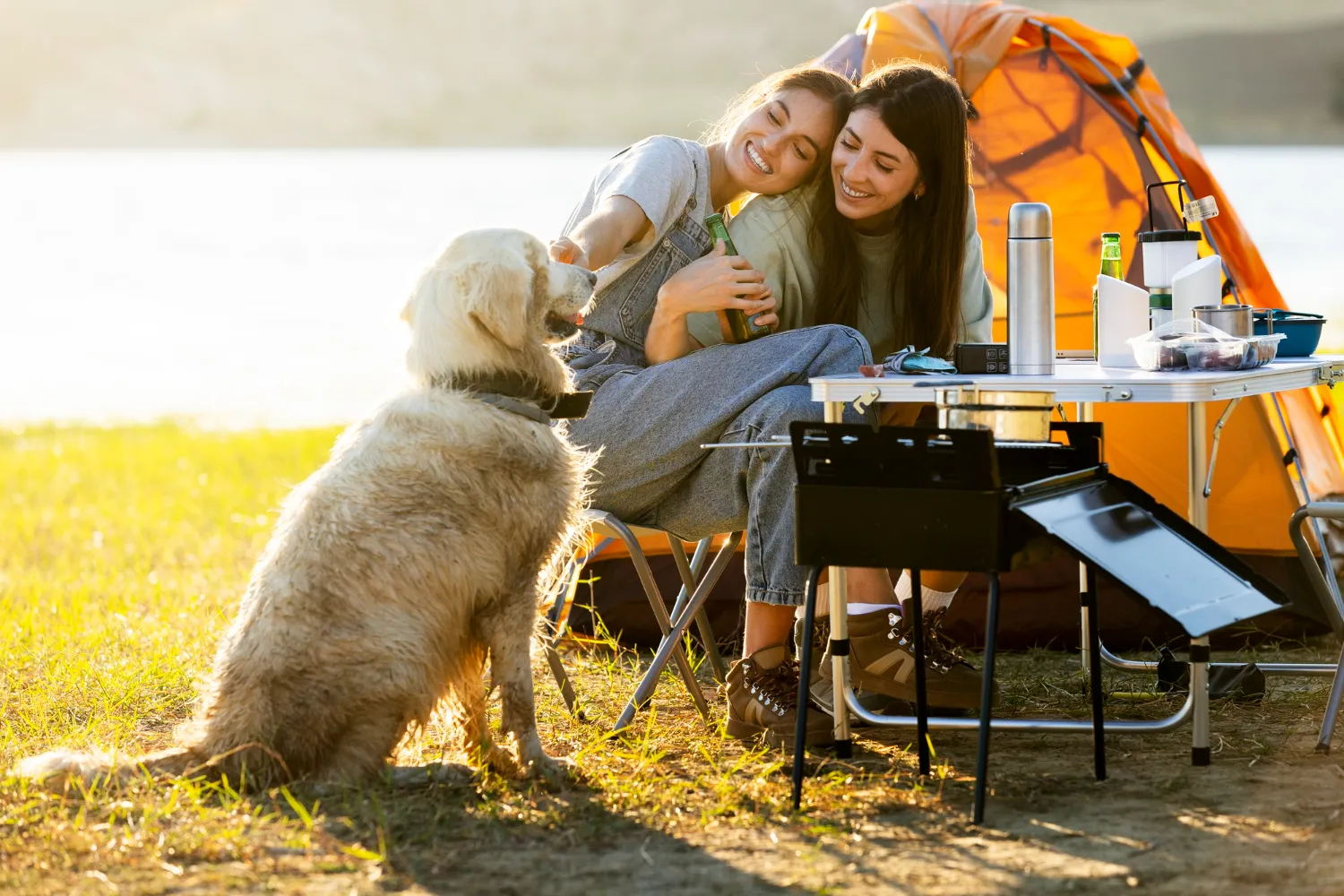
Use sites like Pitchup or the National Trust’s own listings for honest reviews. If in doubt, call and ask what they expect from dog owners—some insist on leads at all times, others are relaxed as long as you control your dog.
Set Up a Safe Dog Area
Most people focus on pitching their tent first. If you’ve got a dog, sort their space out straight away. Use a tether, stake, or attach their lead to a picnic bench—anything to give them a clear spot where they can see you but not wander off.
Keep the spot shaded and away from the fire. If I’m solo camping, I run a line between two trees and attach the lead with a carabiner. It’s simple, no-nonsense, and keeps them close but not tangled.
Keep Your Dog on a Leash
Most UK sites demand leads no longer than two metres. Even if your dog’s the best-behaved in Britain, rules are rules. This isn’t just for awkward neighbours—there’s livestock, wildlife, and other campers’ food to consider.
Retractable leads can wrap around everything from tent poles to ankles. Stick to a fixed lead for site use, and save the extendable one for empty fields or long walks.
Make a Simple Tether or Dog Run
If you want your dog to move about a bit, rig up a line. Stretch a rope between two solid points. Clip the lead on with a carabiner or ring. Make sure there’s nowhere for the lead to wind around—a tangled dog equals chaos, and you’ll end up re-rigging things in the rain.
Avoid setting up right under the clothes line or close to the tent door. I learned that lesson when I tripped over the line after a midnight toilet run. Fun for the dog, less so for me.
Never Leave Your Dog Alone
I’ll say it straight: a tent or car is no place for an unsupervised dog. Heat builds up fast, even when it’s cloudy. Some dogs panic and chew their way out, or bark the site down.
If you need the loo or want a shower, take your dog or swap with a camping mate. Most UK campers are friendly and will help, but don’t expect strangers to babysit.
Bring Your Dog Into the Tent at Night
This is about more than sharing warmth. In the wild (or even on a busy site), foxes, badgers, or curious livestock might wander close. Once, in the Peak District, a bold sheep stuck its head into my porch—my border collie was not impressed.
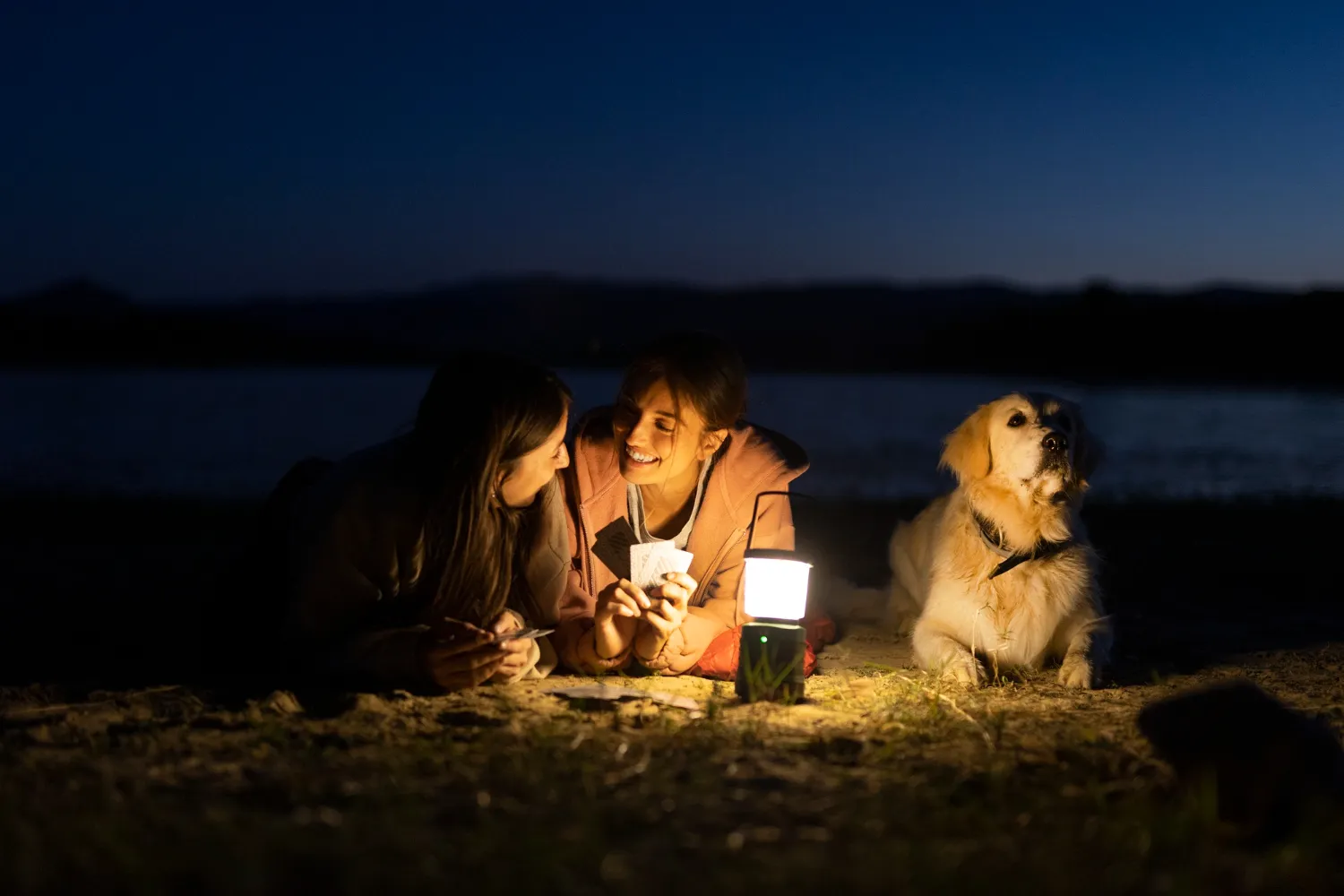
Bring your dog’s own bed or a mat, and teach them to settle. If you’ve never slept in a tent together, try it in the garden first.
Pack All Dog Essentials
Don’t forget: food, bowls, water (if taps aren’t nearby), poo bags, toys, spare leads, coat for wet weather, towel, and any meds. Routine keeps dogs settled, so stick to usual meal times and familiar food. Skip camping ‘treats’ like barbecue scraps—they can upset your dog’s guts and kill a good night’s sleep.
I always carry a spare lead and collapsible water bowl. Lost mine on a blustery night in Cornwall, and finding a shop nearby was impossible.
Take Weather Precautions
UK weather is reliable only in its ability to surprise. Shade is non-negotiable if the sun’s out—dogs overheat quickly. Carry a reflective cooling vest if your dog is prone to getting hot.
For cold or wet nights, pack a dog coat and a proper bed. My terrier once shivered through a mid-May frost because I assumed he’d “adapt” like me. He didn’t.
Watch for Signs of Stress or Unwellness
Dogs aren’t great at telling you what’s wrong, but watch for heavy panting, drooling, hiding, or whimpering. Dehydration or heatstroke come on fast. If your dog refuses food, vomits, or collapses, get help sharpish.
Know where the nearest vet is before you need them. It sounds dramatic, but it’s far less hassle than dealing with a real crisis.
Pick Up After Your Dog
The worst myth: “It’s the woods, it’ll break down.” No. Take bags, pick up, and use bins or pack out rubbish if the bins are full. There’s nothing worse than stepping in something unpleasant at night—or seeing kids do it.
Leaving dog mess gives all dog owners a bad name and gets sites to ban dogs. Don’t be that person.
Keep Your Dog With You
It may sound obvious, but too many people nip to the pub or beach and leave their dog behind. Cars become ovens, and even mild weather can turn deadly inside a closed car. Take your dog wherever you go—bring water and shade as you would for a small child.
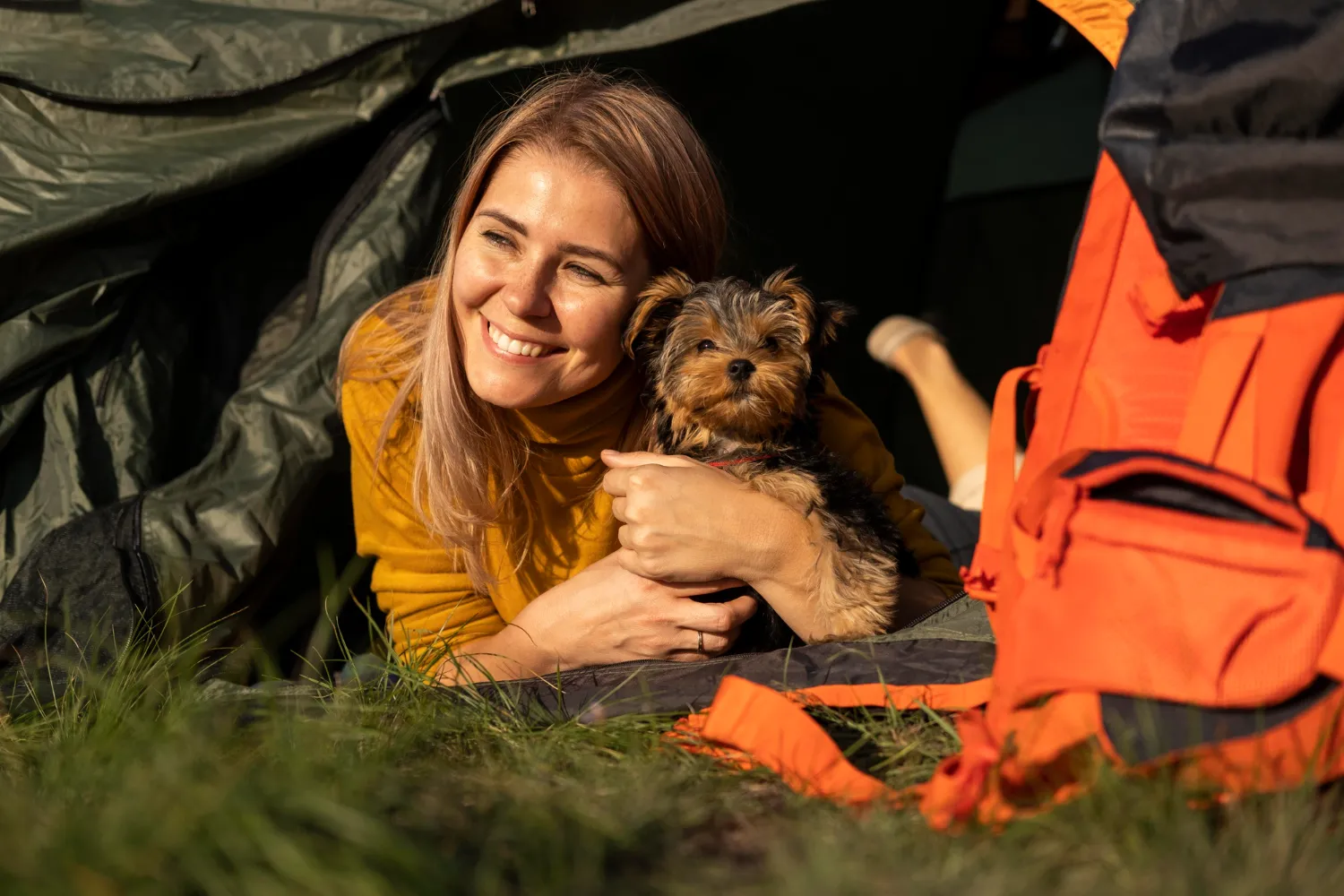
Give Space to Other Campers
Not everyone loves dogs—some are wary, allergic, or have children afraid of them. Keep your dog close, especially around kids or nervous dogs.
Ask before approaching with your dog, and respect others’ space. I’ve seen more arguments over dogs than over noisy barbecues, and a simple “Mind if we pass?” goes a long way.
Final Thoughts: Camping With Your Dog is Worth the Effort
Camping with your dog is brilliant—there’s nothing like sharing sunrise and a cuppa while your mate dozes at your feet. Get the basics right, prepare for mishaps, and be considerate of others.
You’ll soon have your own stories to tell—or warnings to share—about windy nights, wobbly tethers and muddy mutts. Do it right, and your dog will be dreaming of the next camp before you’ve left the car park.


